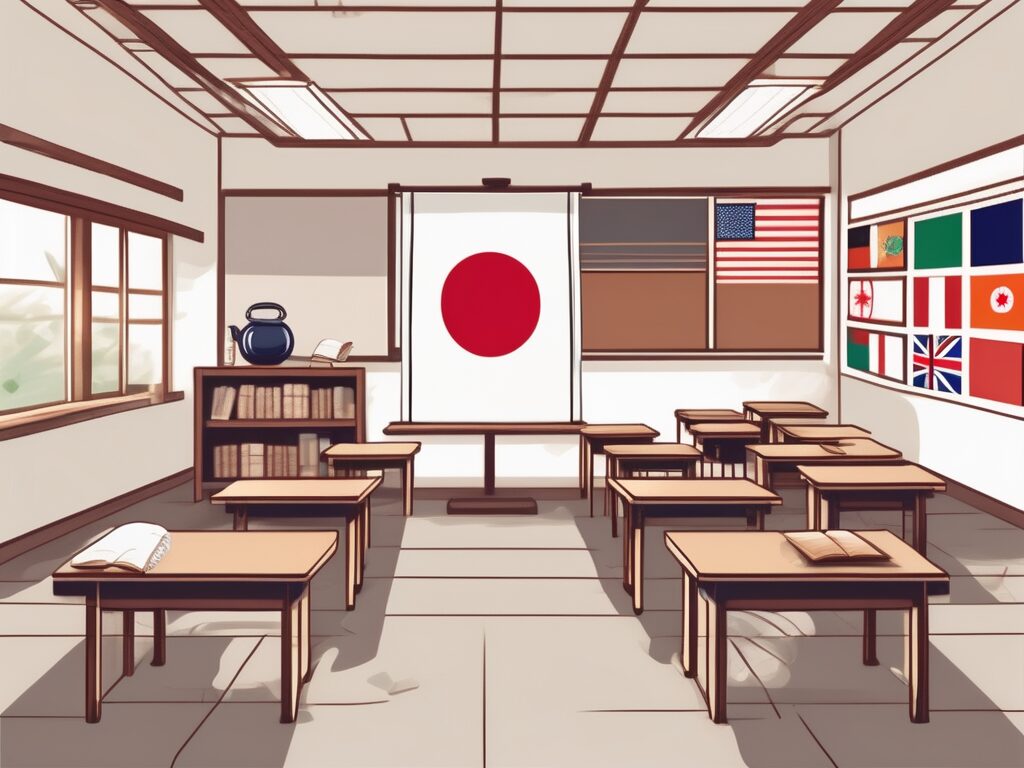Top 5 Challenges in Japan’s Multicultural Classrooms for 2025
Japan, renowned for its rich cultural heritage, is witnessing a transformative shift in its educational framework. The increasing prevalence of multicultural classrooms introduces a range of challenges that educators and students must navigate. This guide aims to elucidate these challenges and propose actionable strategies for overcoming them.
The Rise of Multicultural Classrooms
In recent decades, Japan has experienced a notable surge in its foreign resident population, leading to a more diverse student demographic. This evolution has resulted in the formation of multicultural classrooms, where each student contributes their unique cultural perspective, thereby enriching the educational experience.
However, this diversity also brings forth significant challenges. Educators must adeptly manage the varied needs of students, ensuring that the classroom environment is conducive to learning for all. This requires a nuanced understanding of the complexities inherent in multicultural education.
Language Barriers
Language barriers represent one of the most pressing challenges in multicultural classrooms. With Japanese as the primary medium of instruction, non-native speakers often face substantial difficulties in comprehension and communication. This situation can impede academic progress and foster social isolation among students.
To illustrate, consider the experience of a student attempting to grasp complex concepts explained in a language they do not fully understand. Such barriers can lead to frustration and disengagement, ultimately affecting their overall educational experience.
Strategies for Overcoming Language Barriers
Addressing language barriers necessitates a comprehensive approach:
- Implement targeted Japanese language support programs for non-native speakers, facilitating their integration into the classroom.
- Encourage a bilingual or multilingual learning environment, which can enhance inclusivity and foster mutual understanding among students.
- Utilize visual aids and technology to support language acquisition and comprehension.
Cultural Differences
Navigating cultural differences is another significant challenge within multicultural classrooms. Each student’s unique cultural background can lead to misunderstandings and conflicts, particularly when cultural norms diverge from Japanese customs.
For instance, certain behaviors or communication styles may clash with established classroom expectations, creating tension and hindering the learning process.
Fostering Respect for Cultural Differences
To effectively manage cultural differences, it is essential to cultivate a respectful and inclusive classroom environment:
- Educate students about various cultures to promote mutual respect and understanding.
- Integrate multicultural elements into the curriculum, ensuring that all students feel valued and included.
- Encourage open dialogue about cultural differences to foster a sense of community and belonging.
Social Integration
Social integration poses another challenge in multicultural classrooms. Non-Japanese students may find it difficult to connect with their peers due to language barriers and cultural differences, leading to feelings of isolation.
This lack of social integration can adversely affect students’ mental health and academic performance, underscoring the importance of fostering a supportive community within the classroom.
Promoting Social Integration
To enhance social integration, schools should:
- Create opportunities for collaborative activities and projects that encourage interaction among students.
- Provide counseling and support services to assist students in navigating social challenges.
- Organize cultural exchange events to celebrate diversity and promote understanding.
Conclusion
While the challenges presented by multicultural classrooms in Japan are significant, they also offer valuable opportunities for growth and learning. By addressing language barriers, respecting cultural differences, and promoting social integration, educational institutions can cultivate an inclusive and enriching environment for all students.
As Japan continues to embrace multiculturalism, the challenges within these classrooms will evolve. However, with strategic planning and support, these challenges can be transformed into opportunities for a more diverse and inclusive educational landscape.
Enhance Your Teaching Career in a Multicultural Environment with IPGCE
As Japan’s classrooms become increasingly diverse, the demand for educators skilled in multicultural settings is on the rise. For those seeking to enhance their qualifications and thrive in this dynamic educational landscape, the International Postgraduate Certificate in Education (IPGCE) offers a pathway to success. This program equips educators with the essential skills to navigate challenges, advance their careers, and connect with a global network of professionals. With a reported 50% increase in interview callbacks and a 45% boost in promotion rates for IPGCE holders, participants are not only preparing for the challenges of today but are also shaping the future of education. Seize the opportunity to deepen your professional development and join the UK’s leading Teacher Training Course. Enroll now and transform your teaching journey in a multicultural classroom.

